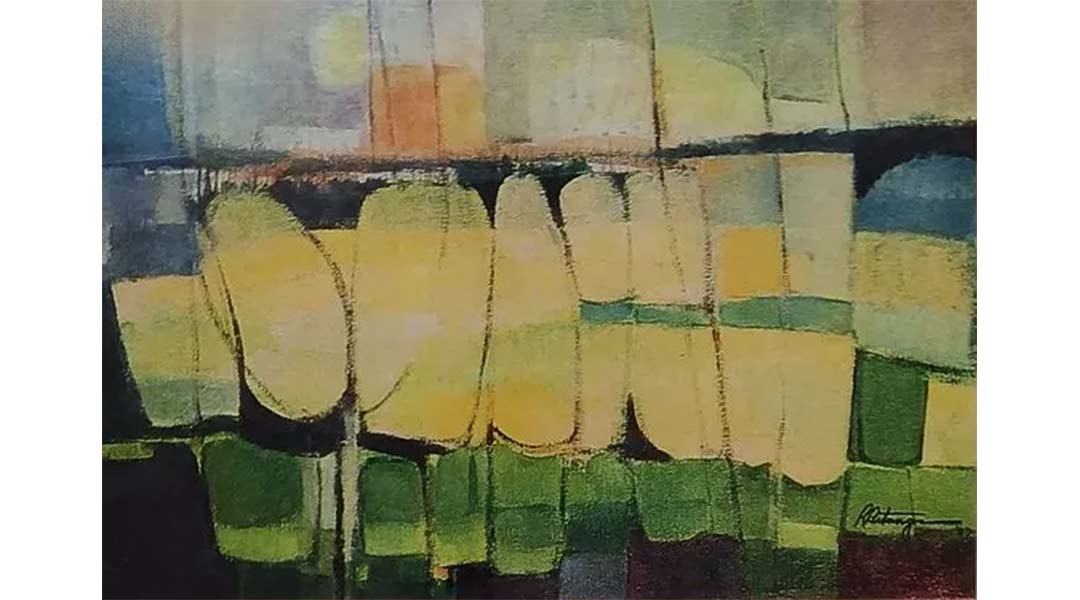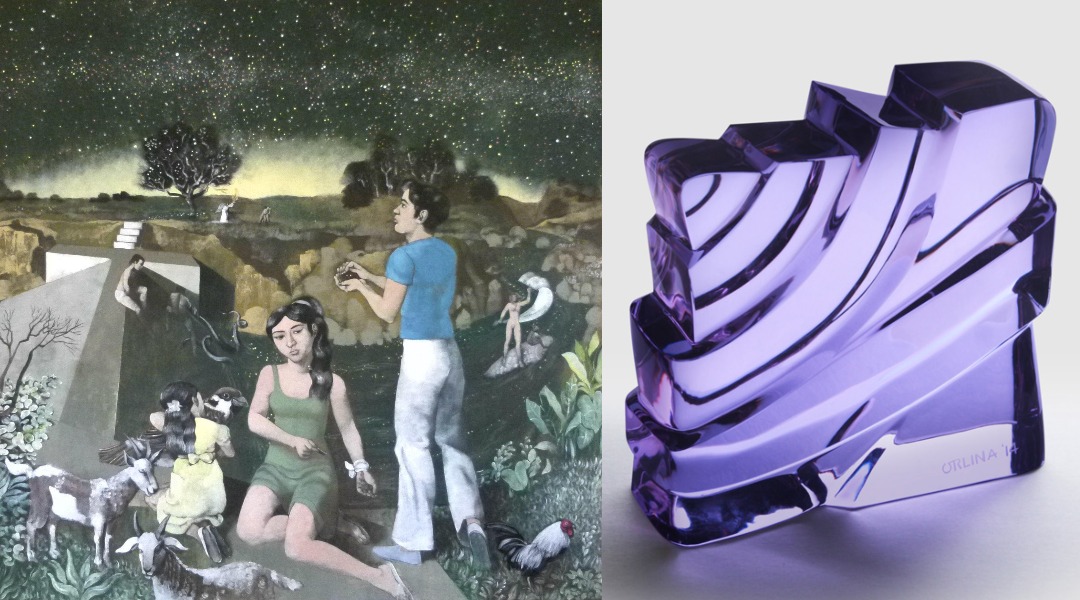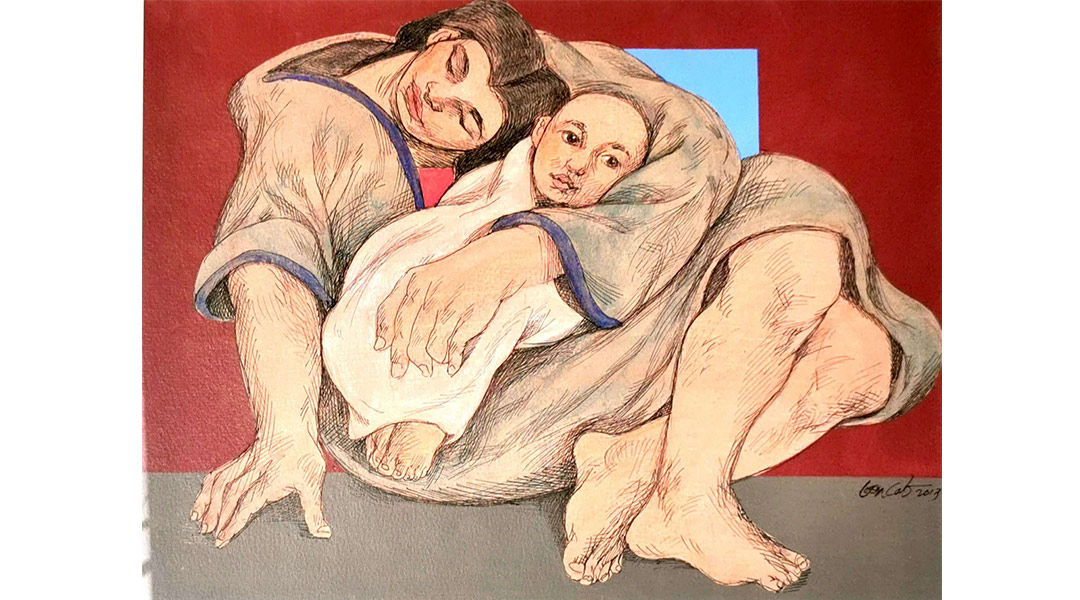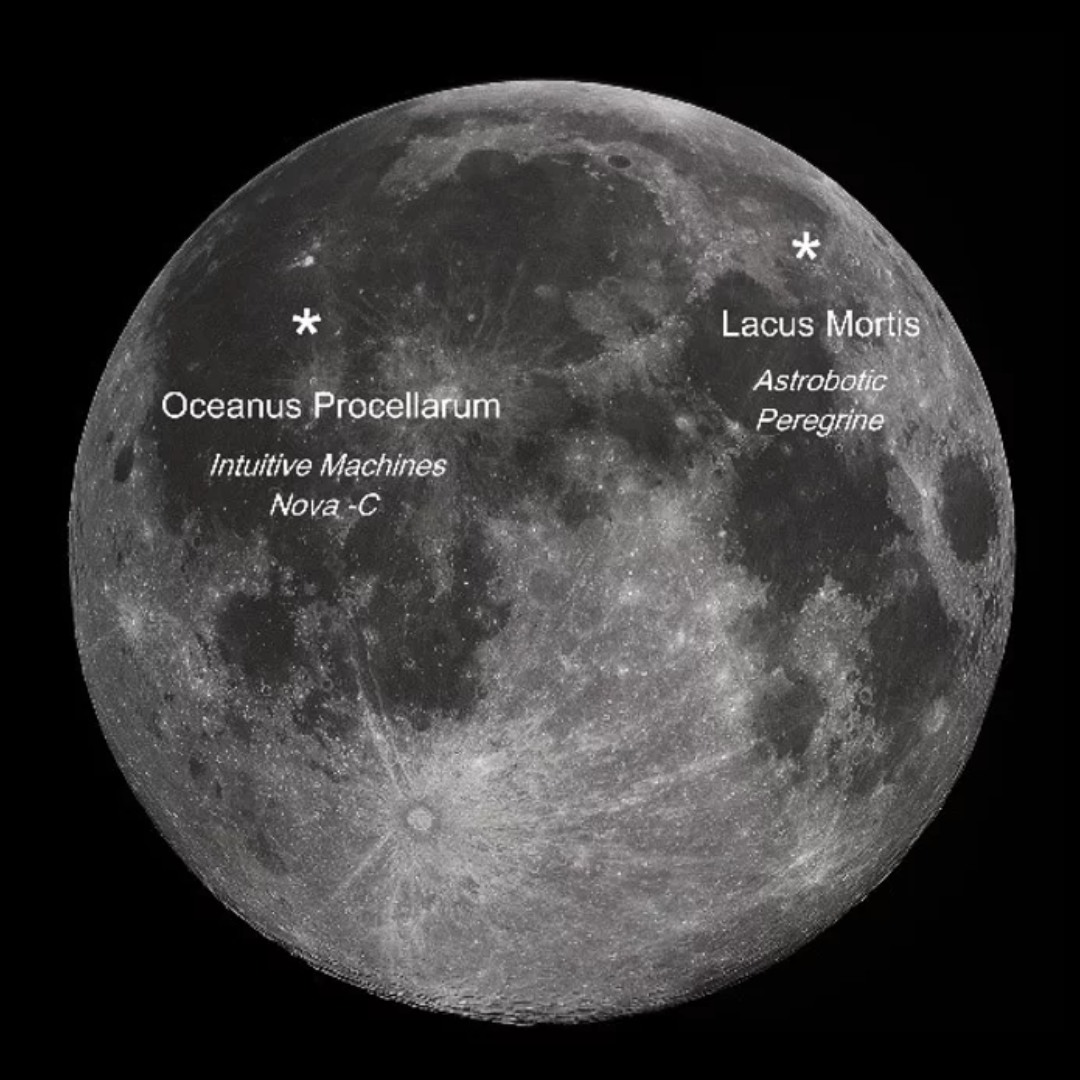A selection of great Philippine works joins over 5,000 creative pieces from across the globe to be preserved on the Moon.
History will repeat itself as the U.S. National Aeronautics and Space Administration (NASA) launches its Artemis program to return humans to the Moon. The first phase includes setting off unmanned lunar missions carrying the works of 1,500 artists and authors from across the world. Headed by Filipino-Canadian physicist and bestselling author Dr. Samuel Peralta, The Lunar Codex includes nine Filipino artists.
“[The project] is a message-in-a-bottle to the future, so that travelers who find these time capsules might discover some of the richness of our world today,” Peralta shares.

Passion for art and science
In the middle of last year, Dr. Peralta purchased from NASA’s Commercial Lunar Payload Service (CLPS) program. This is the first part of the Artemis program that will eventually send the first astronauts on the Moon since Apollo 11 landed in 1969.
“At first, it was to only put something of mine on the Moon,” the physicist reveals. It began as a personal passion project consisting of his bestselling works on USA Today and Wall Street Journal like the science fiction anthology series Future Chronicles, Hereafter, and his Emmy Award-winning short film Real Artist (2017).
But as time went by, Peralta found himself adding more writers and artists to his co-passenger list. “The project grew organically,” he continues.
The Lunar Codex features over 5,000 creative pieces from 1,500 artists and authors. These come in two time capsules: the Peregrine Collection on the Peregrine lander which contains works from countries like the U.S., Ireland, Belgium, and Singapore, and the Nova Collection on the Nova-C Lunar lander where works of most of the Filipino artists are included. “When I realized that not only could I send my own creative works to the Moon—I had the ability to send the works of others—that changed everything,” he says. He invited several Filipino artists with the help of editors, gallerists, and curators. Their enthusiastic responses affirmed the physicist’s desire to give future travelers a glimpse into the art created by people.


Representing humanity
“It’s too difficult to curate hundreds, if not thousands, [of] artists,” Dr. Peralta reveals. He began the selection process within his circles. His mother Rosario Bitanga is the first woman abstract artist in the country and a National Artist nominee. Naturally, her works were the first to be included together with her husband’s, multi-awarded playwright Jesus T. Peralta. As for their son’s art collection, he pulled in a piece with great personal significance by Mauro Malang Santos and one of the inscapes of Agnes Arellano whose exhibit had amazed the physicist.
His brother Francis Paul, a professional audio producer, worked with him for the 400th Anniversary Hymn of Colegio de San Juan de Letran that is also included in the collection.
“As the Lunar Codex grew, however, I organically developed a set of principles to govern curation,” he continues. For artists, they come from diverse backgrounds with features in art catalogs, exhibitions, and those with long-established connections. Gromyko Semper, Riel Hilario, and Hari Lualhati are the contemporary visual artists on the roster.
For writers, their pieces appeared in anthologies and journals. At least 10 poems and short stories of Eugenia Leigh and Ivy Alvarez have been commissioned for this NASA project.
The choice for the works need not necessarily be representative of the country. As Dr. Peralta elaborates, it is “a slice of the Philippine art scene as of this moment in time.” While he is connected with these artists, 90 percent of the selection process has been co-curated by a professional.
He continues that the project “isn’t meant to be an in-depth art history lesson of any one country… For this time capsule, I think of myself as a citizen of Earth.”


A space museum
To preserve the thousands of art, books, music, and film, the Lunar Codex uses digital and analog technology.
For the Peregrine Collection where the works of Dr. Peralta, his parents Rosita and Jesus, Gromyko Semper, and Ivy Alvarez are also included, the lander primarily uses digital memory cards.
“This utilizes machine-readable and writable graphics and text files in standard formats, stored on non-volatile media. Digital technology can record enormous amounts of data with a very small weight profile,” he explains.
For the Nova Collection, they use “analog nickel-based microfiche-type technology.” A specialized laser system etches the work, be it an image or a text, onto a nickel. The material is expected to last thousands of years and can withstand humidity and temperature changes.
Interestingly, the works has a ‘ReadMe’ file where future travelers can learn more about each through the descriptions. These pieces are not sorted into special categories as Dr. Peralta intends for the time capsules to simply taken as coming from Earth.
When asked for the compatibility of accessing them, the physicist confidently claims, “Whoever finds them—alien or human—will likely be smart enough to figure them out, just as we can still decipher Babylonian even when the writing has been eroded down to the tablet surface.”

To the future
As the date of the actual lunar landing approaches, Dr. Peralta and his team reveal they are already discussing to organize a third time capsule. But this will be set either in next year or in two years’ time.
At present, they are focusing on finalizing The Nova Collection which, together with Peregrine, will speak volumes on the current conditions on Earth. “Despite wars and pandemics and climate upheaval, humankind found time to dream, time to create art,” the physicist remarks.
Visit The Lunar Codex website for more information on the Filipino artists.
Artwork photos courtesy of Romana Go.





